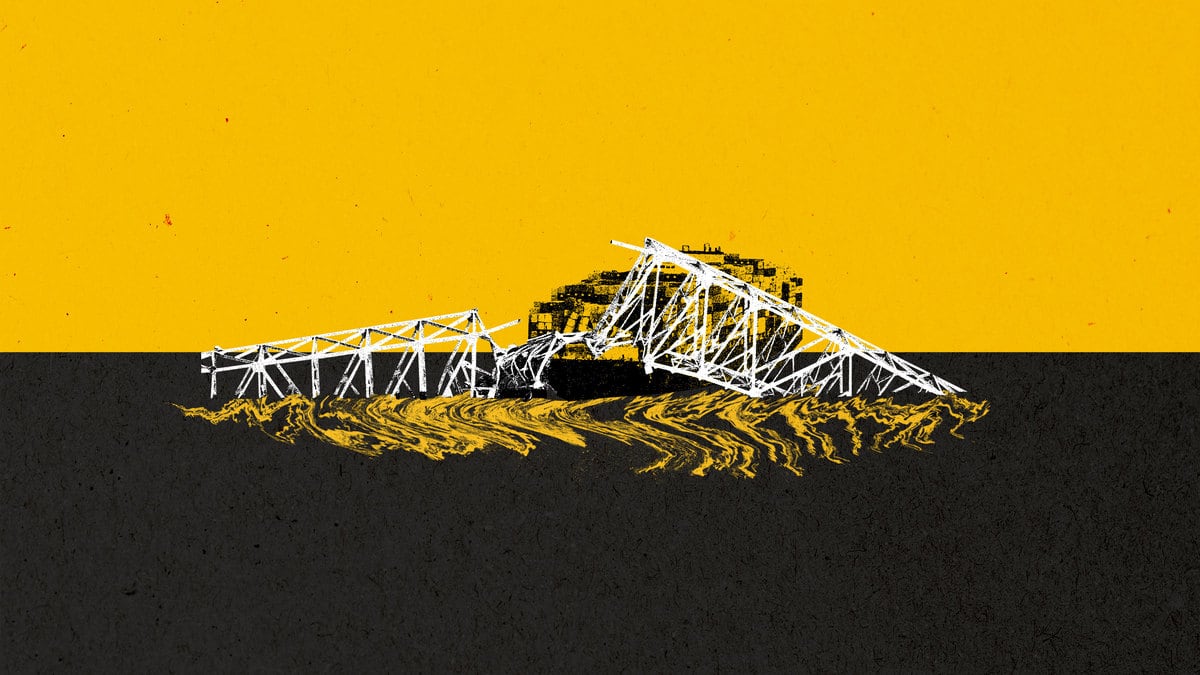U.S. News
Photo Illustration by Elizabeth Brockway/The Daily Beast/Getty
He Built the Baltimore Bridge—Then Mourned Its Collapse
COWBOYS OF THE SKY
An ironworker recalls the blood, sweat, and tears that went into the span—and the time a barge hit it during construction.
opinion

Trending Now





